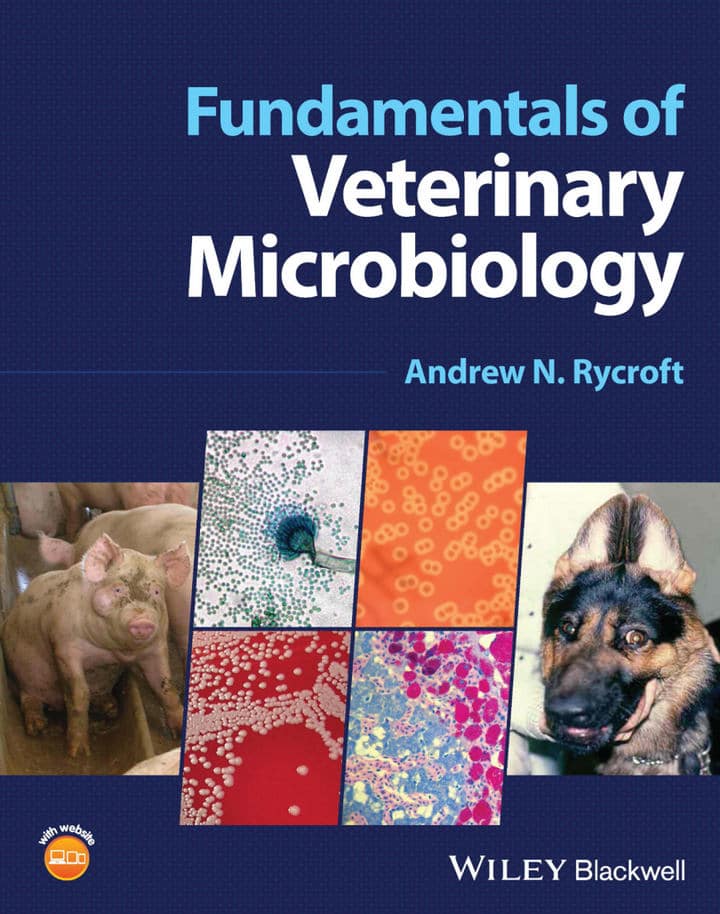
By Andrew N. Rycroft
Fundamentals of Veterinary Microbiology PDF brings together knowledge and understanding of the bacterial pathogens of animals from disease signs and diagnostic methods to the molecular basis of the host pathogen interaction. A small but focused book, it enables the reader to access important information during diagnosis and treatment in a clinically relevant way. Suitable as a companion for study on the subject and for professional use, the author focuses on the more clinically common diseases at the general and first-referral level.
Divided into three sections, the first covers the basics of bacterial microbiology such as structure, growth and genetics. The second examines the commonly encountered bacterial pathogens, with emphasis on current understanding of the cellular and molecular basis of infection and immunity. The third section explores the current state of knowledge of those fungi involved in infection of animals.
Fundamentals of Veterinary Microbiology is an essential resource for veterinary students, veterinary nurses, and veterinary practitioners worldwide, allowing them to quickly establish a foundation of knowledge of bacterial pathogens based on clear understanding gained from studies over recent decades.
Features
Specific topics covered in
Fundamentals of Veterinary Microbiology include:
- Nutrition, sterilization, and disinfection of bacteria, bacterial genes and gene transfer, pathogenicity and host response, and vaccination
- Antimicrobials (action, dynamics, and resistance), typing and identification of pathogens, fungi as agents of disease, Salmonella and E. coli in animal disease and public health
- Pathogens transmitted by vectors such as Borrelia, those of endogenous origin such as Clostridium and Pasteurella and those able to spread widely such as Leptospira, Mycobacterium and Chlamydia
- Fungal pathogens causing superficial, subcutaneous and systemic mycoses
Table of Contents
- The Bacterial Cell
- Metabolism, Growth and Culture of Bacteria
- Sterilisation and Disinfection
- Bacterial Genes and Gene Transfer
- Bacterial Pathogenicity
- Bacterial Veterinary Vaccines
- Antimicrobials: Action, Dynamics and Resistance
- Bacterial Typing
- Salmonella
- Escherichia coli – An Intestinal Pathogen
- Escherichia coli as an Extraintestinal Pathogen
- Campylobacter – Hyperendemic on the Farm
- Leptospira – Using Urine to Spread
- Lyme Disease – Ticks and Dogs
- Brachyspira
- Pasteurella
- Pseudomonas and Burkholderia
- Bordetella
- Delicate Gram-negative Bacteria
- Mannheimia, Actinobacillus and Other Pasteurellaceae
- Chlamydia – A Stealthy Pathogen
- Bovine Tuberculosis and Johne’s Disease
- Bacillus anthracis
- Clostridium
- Staphylococcus – Skin and Soft Tissue Infection
- Streptococcus
- Nocardia, Actinomyces and Dermatophilus – The Filamentous Pathogens
- Prescottella (Rhodococcus) equi
- Corynebacterium – CLA
- Listeria – Growing in the Fridge
- Erysipelothrix and Trueperella
- Mycoplasma – Cell-associated Pathogens
- Rickettsia – Arthropod Vector-borne Pathogens
- Fungi as Agents of Disease
- Aspergillus – Strength in Numbers
- Dermatophytes – Keratinolytic Fungi
- Yeasts: Malassezia, Candida and Cryptococcus
- Dimorphic Fungal Infections
- Index

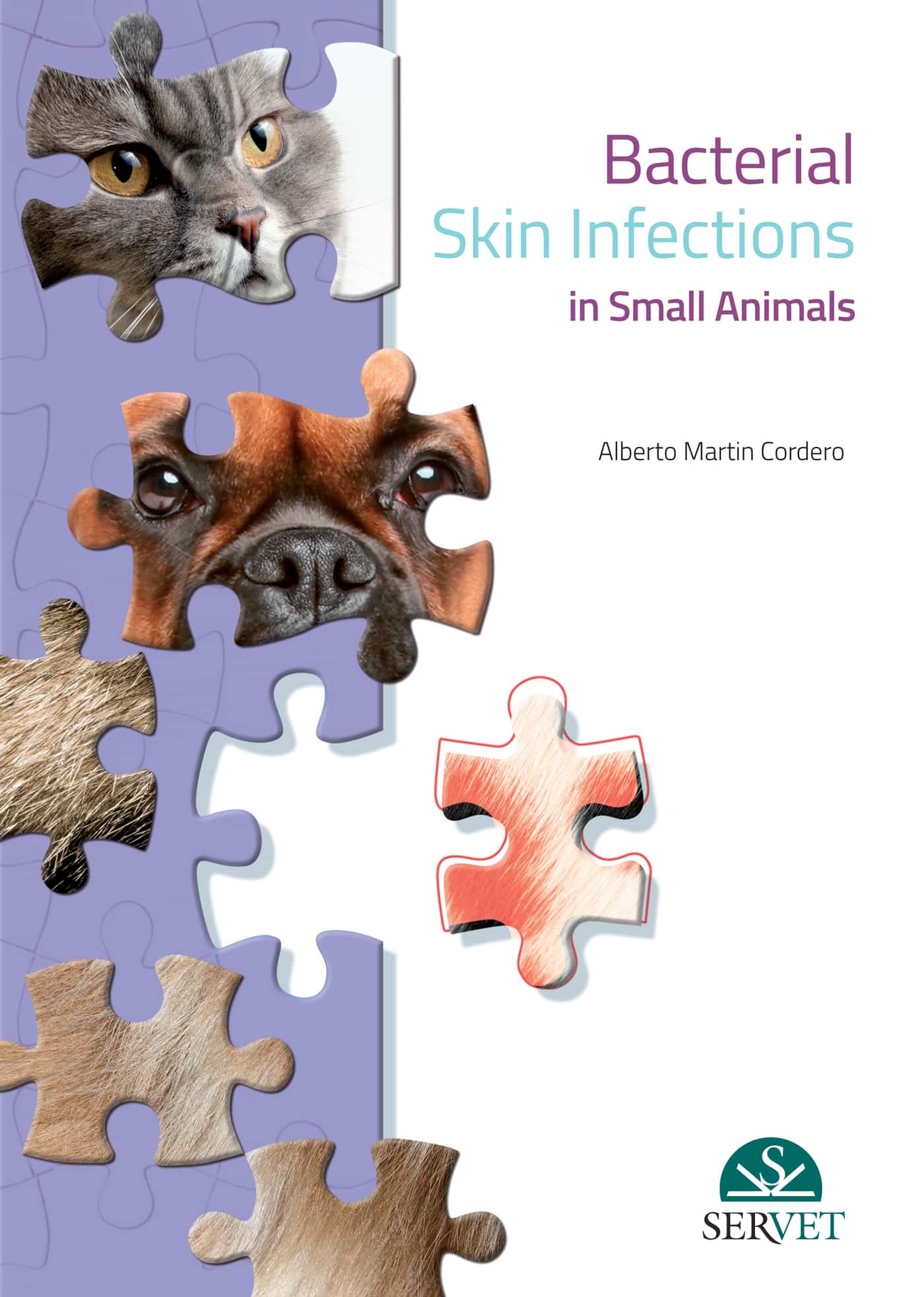

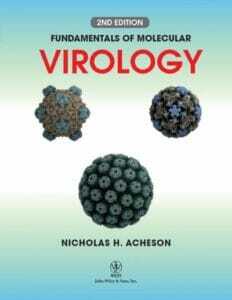
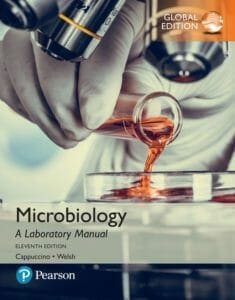
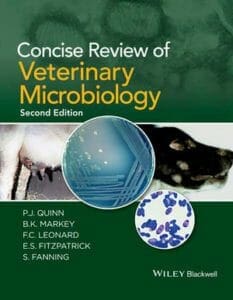



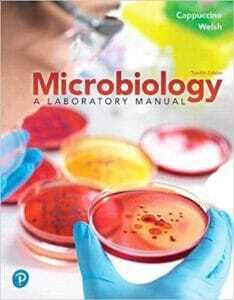





![Ettinger’s Textbook of Veterinary Internal Medicine 9th Edition [PDF+Videos] Ettinger’s Textbook of Veterinary Internal Medicine 9th Edition [True PDF+Videos]](https://www.vet-ebooks.com/wp-content/uploads/2024/10/ettingers-textbook-of-veterinary-internal-medicine-9th-edition-100x70.jpg)

![Textbook of Veterinary Diagnostic Radiology 8th Edition [PDF+Videos+Quizzes] Thrall’s Textbook of Veterinary Diagnostic Radiology, 8th edition PDF](https://www.vet-ebooks.com/wp-content/uploads/2019/09/textbook-of-veterinary-diagnostic-radiology-8th-edition-100x70.jpg)






